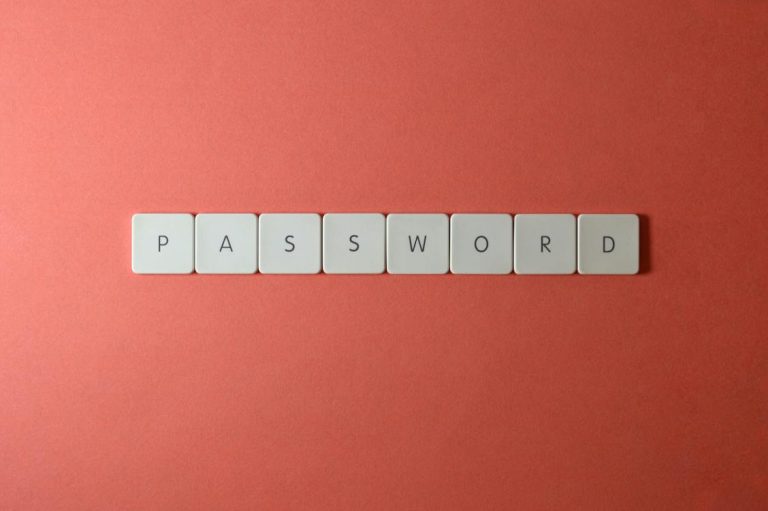When technology presents the opportunity to innovate and evolve your company, it’s vital you seize the opportunity to do so. It’s all too easy to become complacent – getting by on older, antiquated technology. But, doing so will inevitably cause your company issues as others progress and adapt.
Thankfully, there’s a digital HR revolution hitting businesses. With that, it’s time you started to think about adopting a strategy for the future. There’s a comprehensive range of benefits to be had by businesses and you may have already seen some changes at your company first hand.
So, why not jump in and gain a significant technological advantage over your competitors while you still can? To give you a helping hand, we’ve compiled everything you need to know about digital HR and how your company can put an effective strategy in place. Read on to learn more about what is digital HR or head over to the Human Resources page to find more of our articles.
Digital HR: the basics
If you’re wondering what is digital HR, you’re certainly not alone. However, there’s no time to be ignorant on the subject as digital HR can no longer be overlooked by any company, no matter how big a player they may be.
In its most basic form, digital HR can be thought of as the way in which companies are now optimising their processes with the use of technology. This optimisation is achieved by utilising a variety of different technologies, including: social, mobile, analytic, and cloud (SMAC).
But, it’s extremely important that you take into account just how vital each area is in the optimisation process. Failing to utilise even one of these technology options properly could undermine your entire digital HR strategy.
How is digital HR changing the workplace?
We’ve already mentioned the types of technology. But, how are they collectively helping to change the workplace we’ve all become so accustomed to? Here are a few examples:
Recruitment
With the proper technology in place, HR teams can significantly improve the recruitment process. More and more companies are now developing mobile applications. This is to improve the application process and narrow down suitable candidates with advanced AI programs. However, once hired, new employees can be quickly trained with an AI monitored onboarding program and given access to online learning materials among other things.
Data analytics
More often than not, traditional HR teams haven’t been too interested in data and analysing it in a meaningful way. But, there are now a huge amount of options out there when it comes to measuring employee engagement, satisfaction, productivity, learning, and much more. Obviously, understanding how your workforce operates at a base level greatly improves your ability to make improvements.
The employee experience
Technology has become so accessible for employees during working hours that it’s impossible to deny the fact that they’ll be checking social media during working hours. But, on the other end of the spectrum, employees also now take work home with them as they can check their emails anywhere and at any time.
Self-service tools
HR departments often shoulder a huge amount of responsibility which can lead to a lot of their time disappearing. Thankfully, self-service tools help to reduce the number of menial tasks that HR teams have to deal with. This also gives employees further control over their HR data. For example, holiday requests can now be completed online and learning materials easily accessed through a company portal.
Where should you start with your strategy?
As we mentioned before, it’s vital that you take every aspect of digital HR into account while crafting your strategy. While every company is different, you shouldn’t think about your strategy in a short-sighted way. If you’re planning on growing your business, you need to consider this – adapting your strategy to future proof it.
For many companies, a digital HR strategy is a long-term project. This is due to budget constraints and technological transitions which can slow down proceedings. If this is the case, speak with your employees and members of the C-suite to determine which areas of your business should make the move to digital first.
Next, you’ll need to determine which areas of your digital strategy will have a significant impact while also being simple to implement. Start here and work your way through your plan. But, don’t forget that you may need to adapt your digital HR at any point should. This is should new, improved technology become available or if you company decides to take a different strategic direction.













